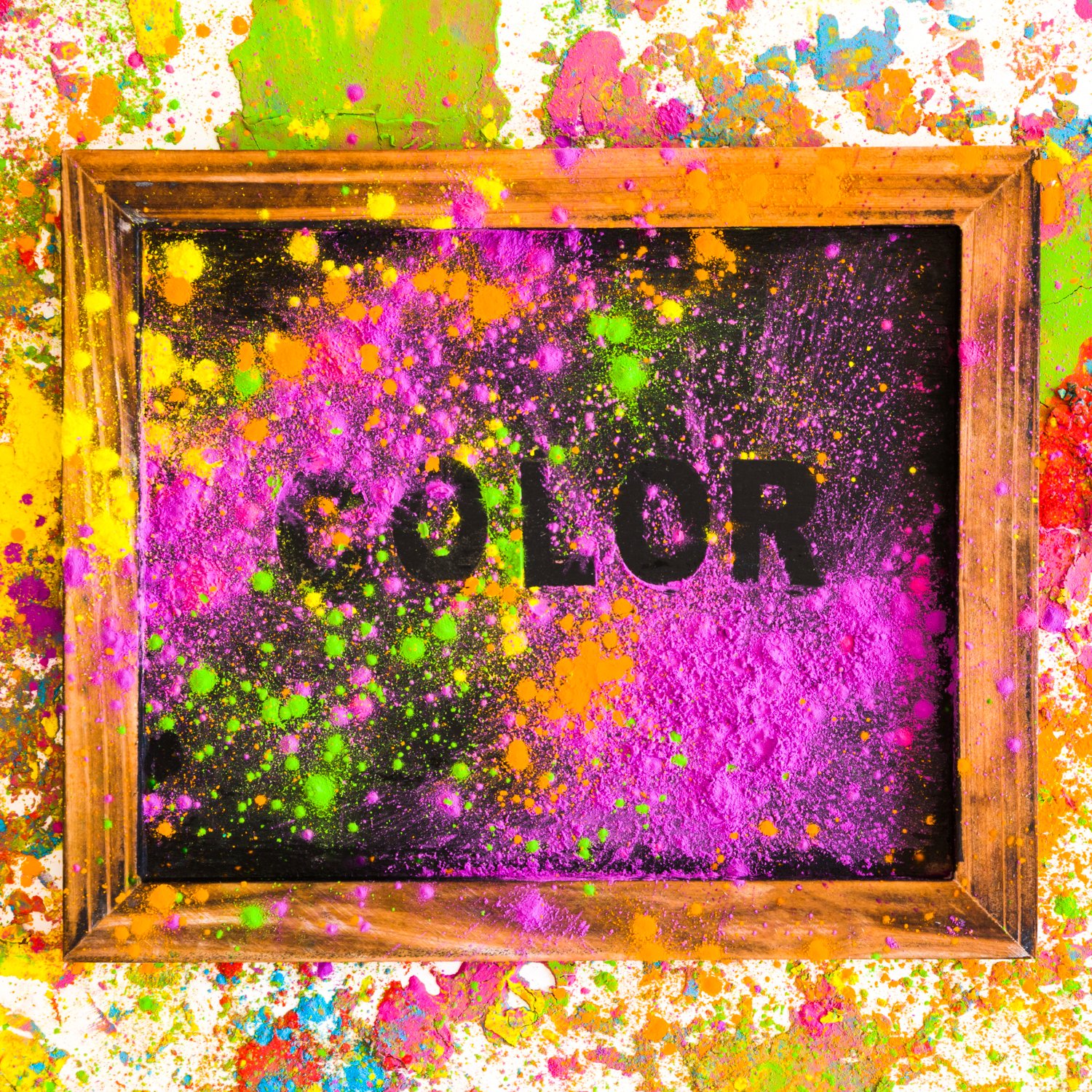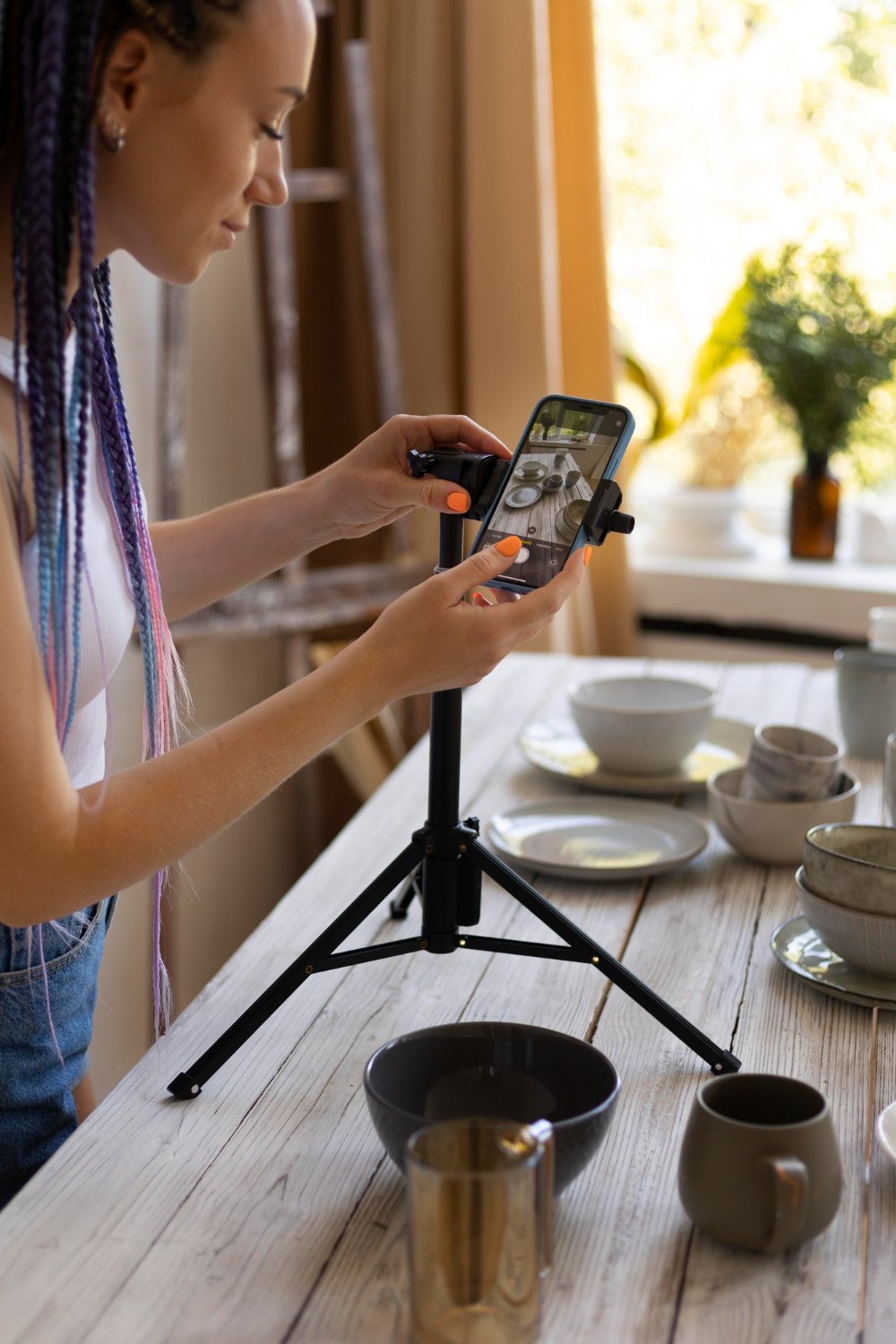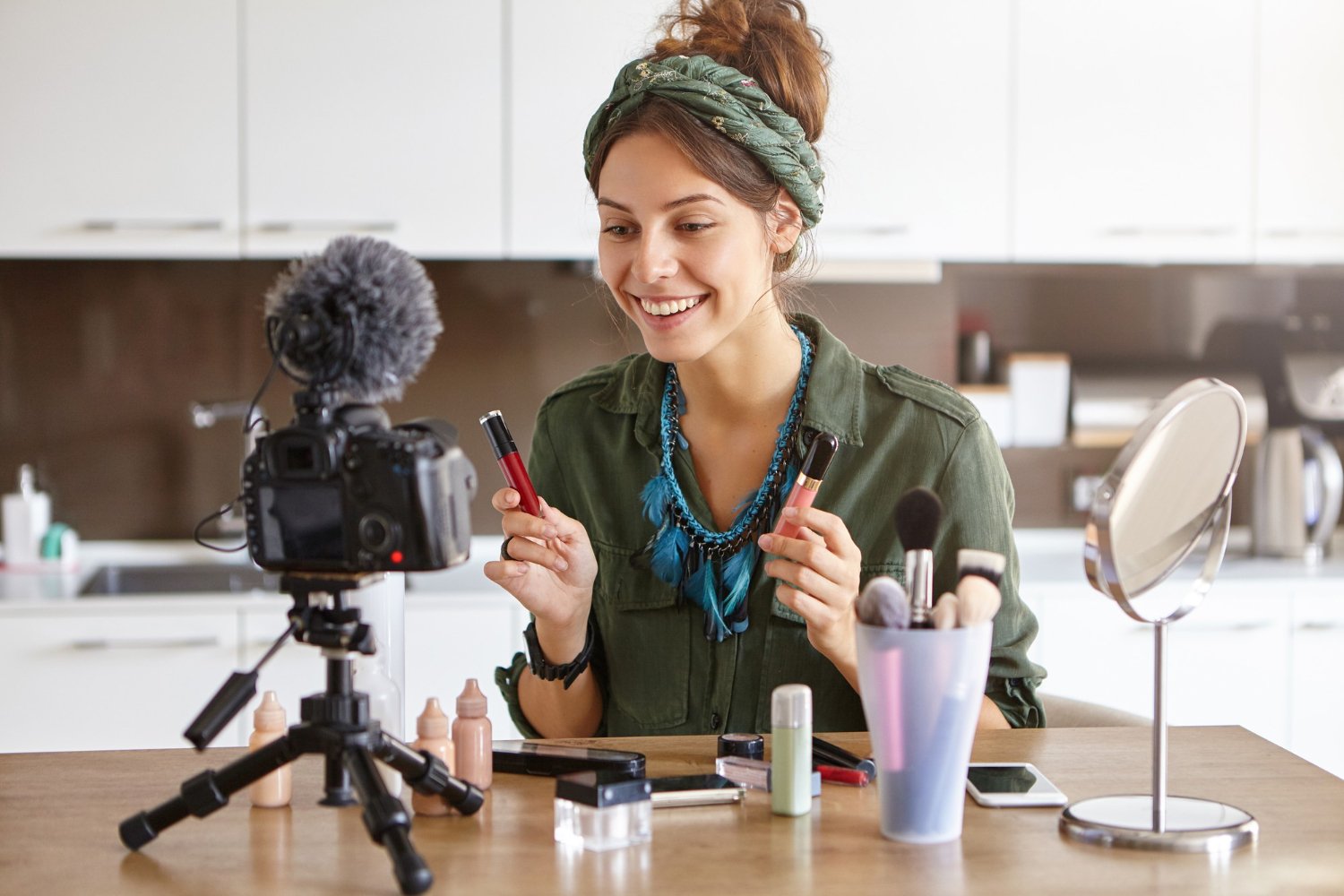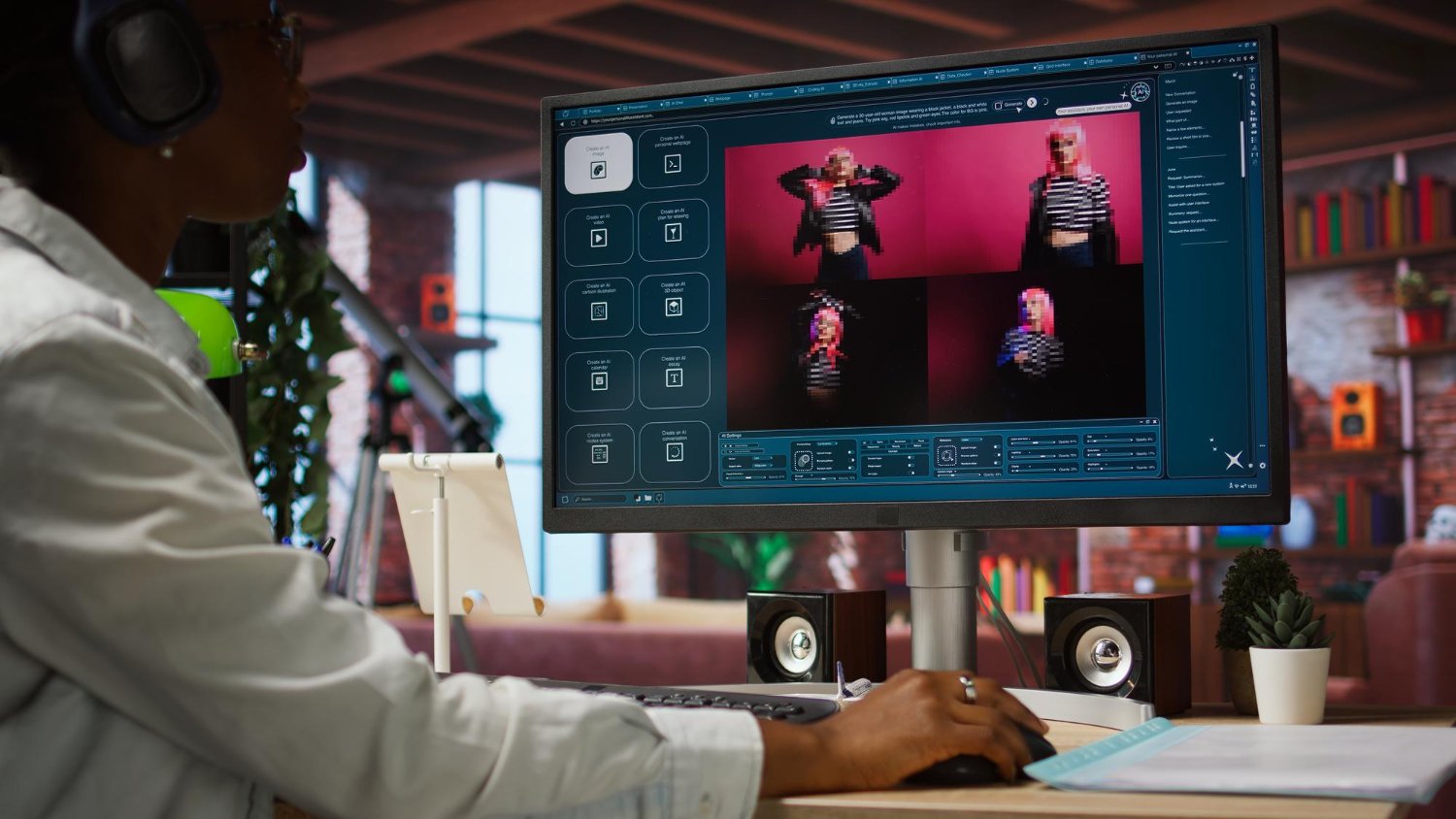Visual stories have transformed how companies thrive in ecommerce. Businesses that master visual methods get more interaction from their audience, as content with pictures or videos can attract more views than those containing plain text.
This guide highlights practical ways to enhance your brand’s visual storytelling. Lifestyle images showcase products in real-world settings, while before-and-after visuals demonstrate benefits more effectively than words alone. Additionally, explainer videos make complex products easier to understand for a wider audience.
User-generated content is the most powerful way to tell visual stories. People trust other customers more, with buyers having more faith in marketing that uses UGC. Real social proof turns browsers into buyers through genuine customer endorsements rather than traditional sales pitches.
The right tools make visual storytelling easy—Pippit creates videos quickly, while Canva makes branded visuals for different marketing channels. These tools save brands time and keep their visual stories looking professional.
Success in visual ecommerce marketing relies on creating emotions that connect the online experience with real products. Compelling images, informative videos, and authentic customer photos help build trust. Brands that embrace these strategies can achieve higher engagement, stronger recognition, and increased sales in today’s competitive market.





